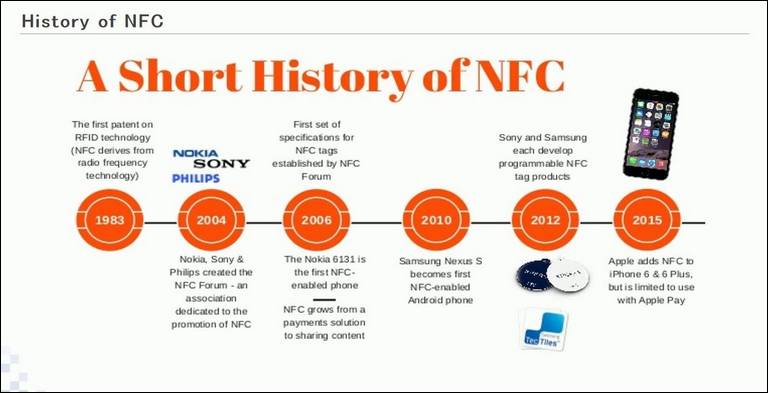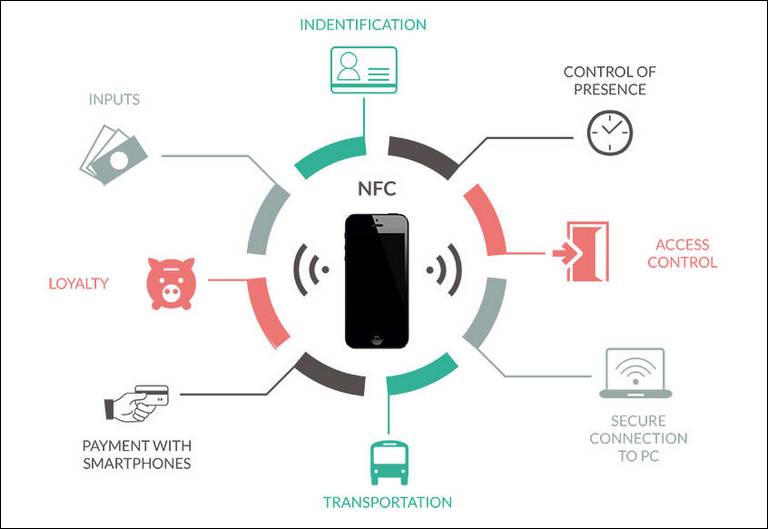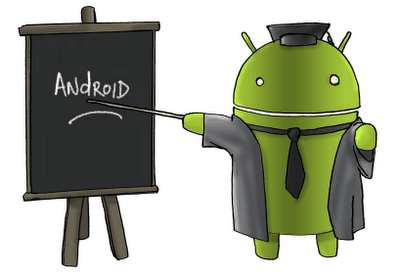
Back in 2010, Google unveiled its flagship touchscreen smartphone with a twist. It had just dumped HTC after two successive years of Google-branded phones to partner with Samsung. The Nexus S was born and it had a curious feature called NFC. Now, you might be wondering what is this NFC technology and how it is being used in different ways, just keep reading this article.
Though hardly a new technological breakthrough, the Nexus S helped catapult NFC back into the popular imagination. Since then, quite a few smartphones have featured NFC chips, but it’s scarcely more than a bonus feature because the ecosystem to implement and deploy NFC based tasks and services don’t exist.
In some ways, NFC-enabled phones are a bit ahead of their time. However, a range of tech analysts and commentators are betting on 2012 being the year of NFC. The biggest early trend will be mobile payments, according to a CNN report. Services such as Google Wallet, Visa Wallet and ISIS (mentioned later in the article) will kickstart the NFC party coupled with a new wave of smartphones that will hopefully help this promising technology go from strength to strength.

NFC — A brief history
NFC is essentially a subset of RFID (Radio Frequency Identification) and is a wireless standard approved as early as 2003. NFC’s acceptance into everyday life was largely due to the combined efforts of Nokia, Philips, and Sony, who founded the NFC Forum back in 2004. Unsuccessful trials of NFC took place between 2007 and 2008 with little support from vendors. Soon, NFC hit a roadblock and went into limbo.
The industry is now responding favorably to NFC deployments. The NFC Forum now has over 200 members – with Google joining as a prime member last year, and being committed to charting NFC’s roadmap. Japan and a few European countries have deployed NFC in a few scenarios, while the rest of the world, including India and the US, are still researching business models. So we have phones with this capability, but nowhere to use them just yet. However, much like we tried to do with our PCs for years, we are now future-proofing our phones!

How does NFC work?
NFC isn’t exactly rocket science, and we’ll stay away from technical details apart from mentioning that NFC is a short-range point-to-point communication standard. In the simplest scenario, you hold an NFC-enabled smartphone next to another NFC-enabled phone or an NFC-enabled payment gateway. If the proximity is close enough, a pop-up register on both phone’s screens (or one, depending on the scenario). You press a key or touch the screen to transfer data to or from the device. Yes, it’s that simple.
We experienced the potential of NFC during the launch of Nokia Symbian Belle devices, Nokia 600, 700 and 701. There were NFC-enabled smart posters that allowed you to download movie photos and videos on the Nokia phones if you took them close enough to the posters.

Application scenario
Two prime reasons why NFC is even considered as an independent standard: ease of use and the inherent security it offers. Other existing wireless standards like Wi-Fi 802.11 and Bluetooth are wide-ranged and cumbersome to access, compared to the pure convenience of NFC-enabled devices.
There can always be passwords for added protection, but unless the two devices being paired are “in sync” at their respective hardware level, they’ll never touch base and establish communication between each other.
Three key focus areas that will drive the mass adoption of NFC in mobile and consumer electronic devices are retail, transport, and accessories. Let’s explore them in a bit more detail.
1. Retail
With services like Google Wallet and VISA Wallet, the need to carry a physical credit or debit card in your wallet is kind of negated. Here’s how Google Wallet works: you key in your credit card or debit card details in Google Wallet, a cloud service. Then, you download its app on your NFC-enabled smartphone and check for merchants that accept payments through Google Wallet.
When you physically checkout of the store, all you do is wave your smartphone near an NFC-enabled cash register and your transaction is reflected on the screen. And that’s pretty much it. A task that takes only a couple of seconds.
2. Transport
ISIS, the near field communication mobile wallet venture from Verizon, AT&T, and T-Mobile has a very good infographic visually explaining the use of NFC at various stages of a commuter’s journey stages. At the airport, you can check in by merely waving your smartphone at the security gate’s authentication point, similarly verify and confirm your flight and seat at the final terminal checkpoint.
Car rentals can be booked online to get an NFC ticket, which can be used to unlock a pay-per-use car outside the airport. The same phone can finally be used to check into a hotel and even unlock your reserved room! The same principle can be applied to get into a hospital and get healthcare. The possibilities are truly endless, so are the massive benefits.
3. Accessories
As far as personal experiences go, apart from transport and retail applications, NFC-enabled smartphones can pair with supported NFC-enabled headphones, for example, with a simple tap. You can also transfer photos, videos between two NFC-enabled devices by simply bringing them close enough to initiate the data transfer request.
During all these NFC “handshakes” between different devices, security and data encryption layers are present to preserve the integrity and safeguard your private data. Let’s see, we have our fingers crossed and can only hope NFC generates interest and flies high with consumers.



